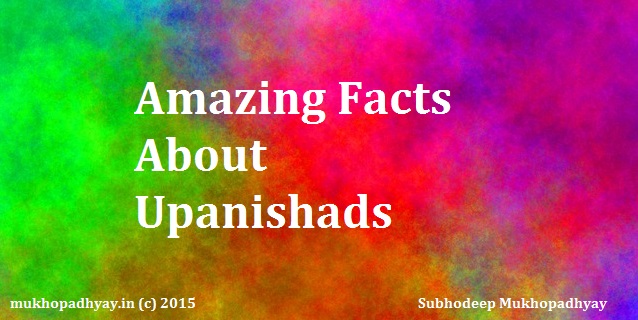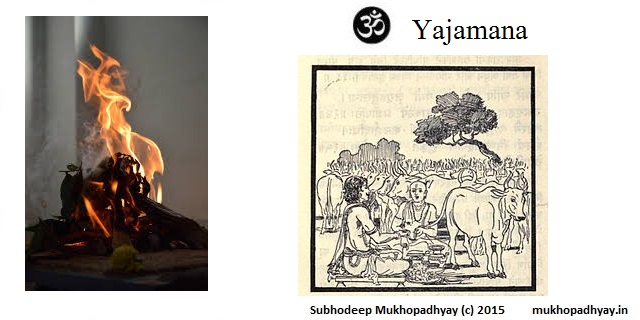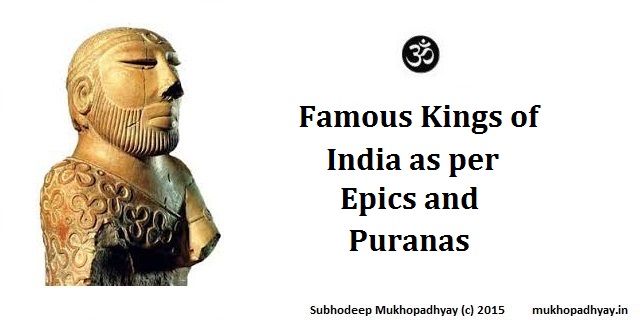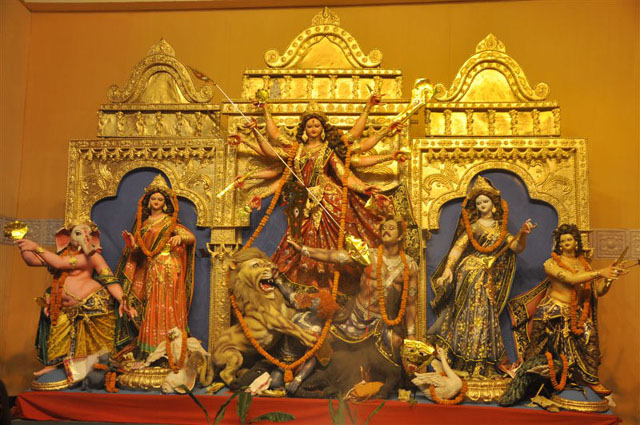List of Yajnas and Their Fruits - Yet 5 More

Below I will give a list of yajnas and their fruits. Yajna is a Hindu Vedic ritual in which at a physical level offerings are made to fires during a ceremony officiated by priests known as Ritwiks. The sacrificer known as Yajamana expects some sort of result in return. Yajna is accompanied by the pouring of oblation into ritual fire, the divine Agni . In this post I will talk about 5 such Vedic rituals and share a list of Yajnas and their fruits. # 1 List of Yajnas - Sangyanishti Yagya Image Courtesy: Random Happy Soul When one wants to regain lost friendship, he should undertake Sangyanishti Yagya (Sanskrit: संज्ञानीष्टि यज्ञ , Bengali : সংজ্ঞানীষ্টি যজ্ঞ). # 2 List of Yajnas - Sarvaprishtheshti Yagya Image Courtesy: independent Undertake Sarvaprishtheshti Yagya (Sanskrit: सर्वपृष्ठेष्टि यज्ञ , Bengali : সর্বপৃষ্ঠেষ্টি যজ্ঞ) supposedly makes one more virile. # 3 List of Yajnas - Shatakrishnaleshti Yagya Image Courtesy: knowledgeisking ...







